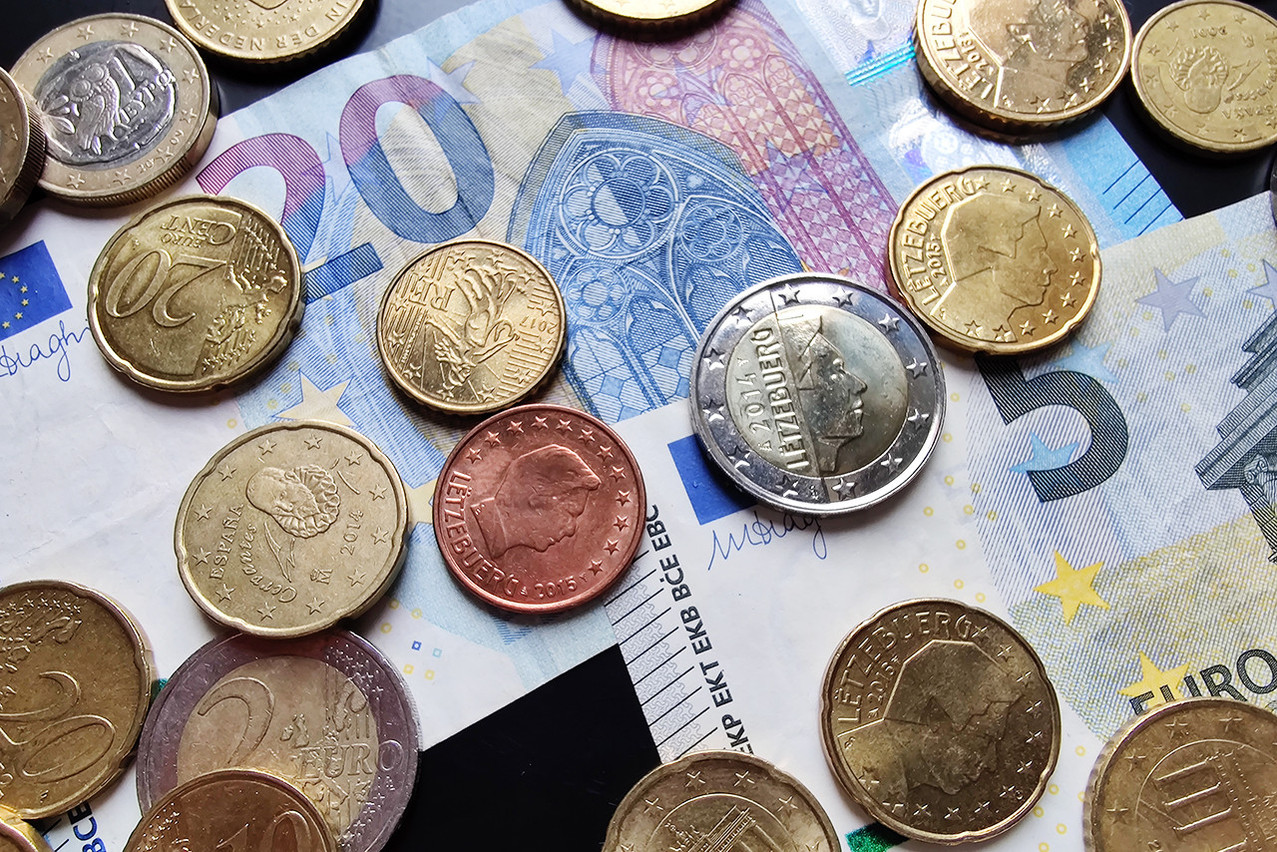On 1 January 1999, eleven EU member states adopted the euro as their single currency. Initially, it was an electronic currency. Euro notes and coins were introduced only three years later. On the night of 1 January 2002, at exactly midnight, ATMs and then banks in 12 EU countries started dispensing €5, 10, 20, 50, 100, 200 and 500 notes.
On 1 January 2002, €1 was worth LUF 40.3399. The Luxembourg franc lasted until 28 February 2002, when it lost its legal tender status. As of 4 May 2016, the European Central Bank stopped producing and issuing the €500 banknotes. However, they remain legal tender and can still be exchanged.
For many European citizens, the changeover to the euro initially led to confusion. For daily transactions, everyone had their own method of making the conversion into their home currency. For those less adept at mental arithmetic, electronic converters were the star items of the day, while the most advanced telephones were equipped with this function, competing in ingenuity. Petrol stations, tobacco shops and small local shops all displayed both amounts for many months, to ensure a smooth transition.
Stronger against the pandemic thanks to the euro
David Sassoli, president of the European Parliament, defined the euro as “a long-term political and historical vision of a united continent”, as did Ursula von der Leyen, president of the European Commission: “The euro builds bridges of cooperation and fair competitiveness in a single market that has flourished as never before in 20 years.”
In 20 years, the euro area has grown from 12 to 19 countries and around 340 million people now use the euro for their daily transactions.
For businesses, the euro has boosted trade between professionals in the single market. Between 1990 and 2002, trade between the countries that were to join the euro area increased by less than 5%. Since the introduction of the single currency, it has increased by almost 200%.
Christine Lagarde, President of the European Central Bank, said on the ECB blog: “There is no doubt that we are stronger because of the euro. Recent economic shocks would have been even harder without the stability and integration that the euro has given to our single market. In times of crisis, particularly during the pandemic, the existence of a single currency has been essential in coordinating responses in Europe.”
The President also mentioned her plans to renew (as in 2013 and 2019) the look of the banknotes by 2024 and to include in the currency possible complementary forms of payment such as the digital euro.
The euro is the world’s second most important currency for international payments, borrowing, lending and central bank reserves. More than half of the world’s green bond issues are denominated in euros. Freedom of movement is now the primary criterion by which citizens express their membership of Europe. However, according to a Eurobarometer survey of October 2021, the euro is the second most important criterion (41%). Finally, 78% of Europeans have a favourable opinion of their currency according to the same study.
A single currency whose roots go back to Pierre Werner (CSV). The former Luxembourg prime minister and finance minister was asked by then six member states in 1969 to devise a path towards economic and monetary union. The Werner Plan laid the foundations for the euro.
This story was first published in French on . It has been translated and edited for Delano.
